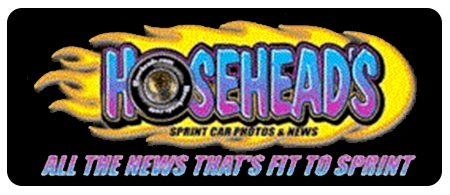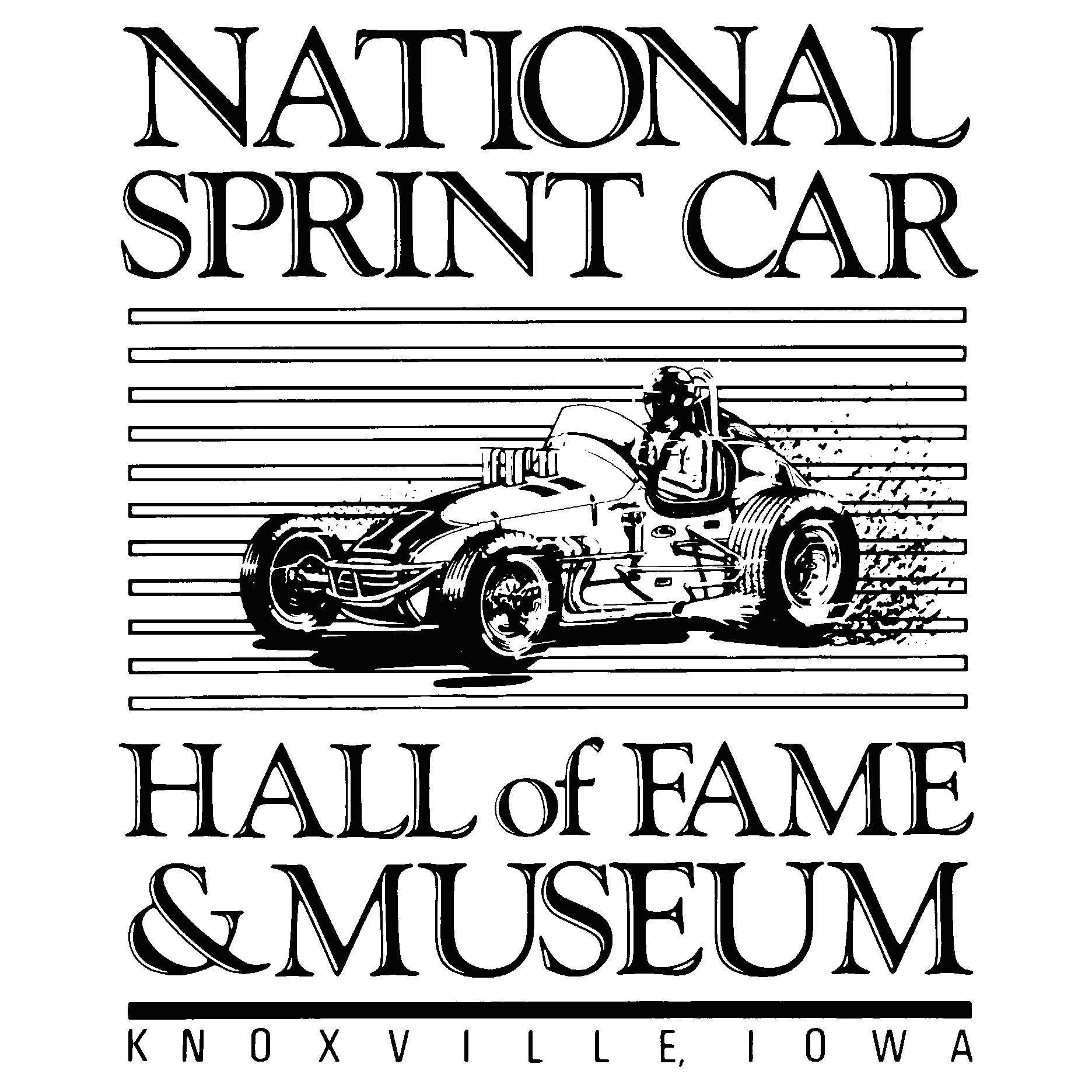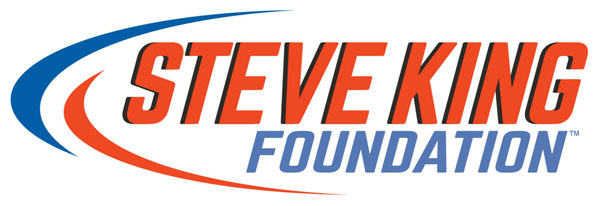Shall we dance? In the Daytona 500 your partners can make all the difference
Photo by Jared C. Tilton/Getty Images
DAYTONA BEACH, Fla.—With more than a third of the NASCAR Cup field changing rides over the off-season, it’s not just the fans that will need a scorecard to ascertain the affiliations in Sunday’s Daytona 500.
While that wouldn’t matter at most tracks, aligning with the right dancing partner at Daytona International Speedway or Talladega Superspeedway can make all the difference when push comes to shove in the closing laps of a race.
Although the 60-lap qualifiers were short enough for most of the drivers to survive and maintain alliances, that won’t necessarily be the case over 500 miles in the Great American Race.
“Each Daytona I get the lineup printed off right when we unload on the first practice day to see driver names, what car number, paint schemes change radically,” said 2017 Daytona 500 winner Kurt Busch. “I loved when the names were on the windshield because you could then quickly digest who was behind you. Now it says NASCAR Cup Series. In years past, it said Monster Energy Cup Series. I liked it when the name was on the windshield. That helped.
“Spotters are that much more important right now, and that’s another key ingredient to have a guy with racer’s sense to let you know who is behind you. For me, I’m 99-percent responsible for driving my car. I give the spotter one percent. If we wreck, it’s my fault. If I make a bad decision, it’s still my fault. But that spotter is there to add that little something help.”
As the spotter position has evolved, most of the eyes in the sky have had extensive experience behind the wheel before transitioning to the roof. Last Sunday’s survivor—and Busch Clash winner Erik Jones—has former Gander Outdoor Truck Series driver Rick Carelli in his ear during the race. But he knows the dynamic will change when points are on the line.
“You kind of know who is going to work with you, who won't want to work with you through the year, try to be keen on that,” Jones said. “The Clash is kind of a unique race. You don't see much manufacturer action in that race. Everybody is kind of racing for themselves.
“The 500, you'll see the manufacturers really start to get together, pair up, try to put themselves in a position to win. You try to know where your teammates are, where your manufacturers are, if they're still in the race, if you can work with them.”
The OEM strategy started in earnest on Thursday with four Fords holding tight to push Joey Logano to victory in Duel 1 and the Chevrolets of Busch and Jimmie Johnson assisting William Byron to his first Cup win in the second qualifier. Jones finished sixth behind the Chevy podium—an outcome he hopes won’t repeat on Sunday.
“Through the days, you kind of get guys that decide they like working with you,” Jones added. “You'll start working with one guy, you'll help him, he'll help you. They kind of stick with you throughout the whole day. You learn that as a day goes.
“I try to keep mental notes of it. Carelli keeps mental notes of it, of who is helping, who is not, who is going to use you, throw you off when they get to where they want to be. You can keep in tune with it pretty well.”
Even the least experienced Cup drivers have the benefit of veteran racers guiding them through the high-speed chess match that unfolds at Daytona. There are six rookies in the 66th running of the Daytona 500.
Last year’s Xfinity Series Big Three—Tyler Reddick, Cole Custer and Christopher Bell—will have Derek Kneeland, Andy Houston and Stevie Reeves, respectively, to guide them through their rookie seasons in Cup. Kneeland, who worked with Reddick during both Xfinity championships, still competes in the occasional Late Model race when it doesn’t conflict with his day job. Houston, 49, dabbled in Cup and Xfinity and scored three truck wins. Speedway, Indiana, native Reeves, 52, cut his teeth in open-wheel prior to a prolific career in NXS.
“We all know the task at hand,” Kneeland said. “You meet with your teams, you come up with a plan and try to stick to it. In the end, you try to keep yourself in position to not be in a bad spot and be contending in the final five laps.
“I’m personally excited. The Daytona 500 is a huge deal and an opportunity for every driver out there. Anything can happen, right? Most of these guys are here because they deserve to be and Tyler is one of those guys. He’s a great racer and knows what it takes. We just need to do our thing, stick to the plan and cross our fingers for luck to stay out of the carnage that speedways bring.”
Drivers such as Alex Bowman, who rolls off second on Sunday, know they have to depend on their own judgment. That strategy has paid off for Bowman. He’s amassed the most points at Daytona in his last five starts.
“Yeah, I can't really rely on my spotter too well for that,” Bowman quipped. “He calls the car numbers wrong all the time. So, like at practice (Saturday), he called like the 38 or the 36 the 12 like three times, so it was really funny.
“But I think by next Sunday, we'll kind of have—every driver will have that figured out, but it’s different coming down here with so many different people driving different race cars. But, yeah, tell Kevin Hamlin I said that he's bad at reading numbers sometimes.”
If drivers are confident in a peer’s prior speedway prowess, the car number or make won’t matter. When 2008 Daytona 500 winner Ryan Newman changed teams last year, his dance card was still full.
“The guys that you want to be around are the guys that didn’t change, so that, to me, seems a little bit easier to manage than it is trying to focus on the guys that did change,” Newman said. “Those are typically not the guys that you have to worry about so much. Knowing that that was me last year, I get it, but that’s just the facts of it.”

.png)





